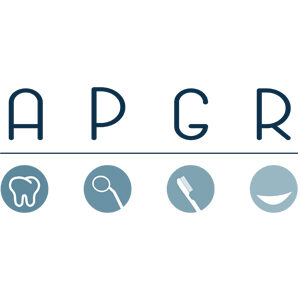Fixed prosthetics and implant prosthetics
Dental prosthetics aim at restoring incomplete or insufficient masticatory function by replacing missing teeth and/or restoring severely damaged teeth, both aesthetically and functionally.
Prostheses can be fixed or removable.
- Fixed prostheses: crowns and bridges anchored to teeth or implants cannot be removed by the patient and are comparable to natural teeth. Other examples are veneers, specifically indicated for reconstructions and aesthetic cases.
- Removable prostheses: skeletal and total prostheses rest on soft tissues and residual teeth; they must be removed by the patient to carry out oral hygiene. The fact that they can be removed doesn’t mean they move when in use. These prostheses allow individuals to eat, talk, and carry out normal activities comfortably.
Choosing between one option or the other depends on preliminary diagnostic and clinical assessments and the patient’s expectations.
Prosthetics and Implant Prosthetics treatments can involve conscious sedation to ensure a more comfortable experience to the patient.
Questions
The dark beading on ceramic crowns is linked to the presence of a gold or metal alloy inside the crown to enhance strength and resistance to mastication. These ceramic (zirconium oxide and lithium disilicate) devices have been on the market for a few years. They are highly resistant to fractures and thus can be used without metal reinforcing materials. This allows the construction of all-white, biocompatible and biomimetic crowns, concealing any unsightly metal beading.
Through aesthetic veneers! Veneers help change the shape and colour of your front teeth without fully covering them. These devices can be made of thin ceramic or composite sheets (0.3 to 0.7 mm thick) glued to the teeth front using specific dental resins. In some cases, the tooth will only need to be minimally filed down while often veneers can be bonded to the surface of a perfectly intact tooth.
Thanks to digital impressions, we avoid using pastes for bridges and crowns. Optical impressions involve scanning the oral cavity and converting the tooth into a digital image that serves as a template for the ceramic crown.
Of course not. However, it’s always recommended to maintain the tooth alive.

